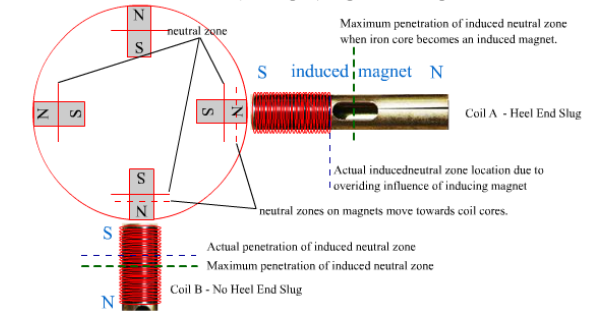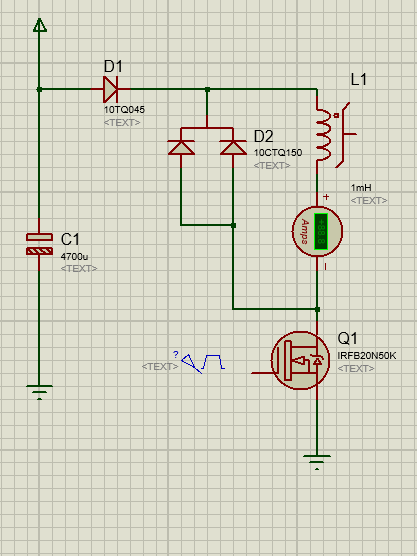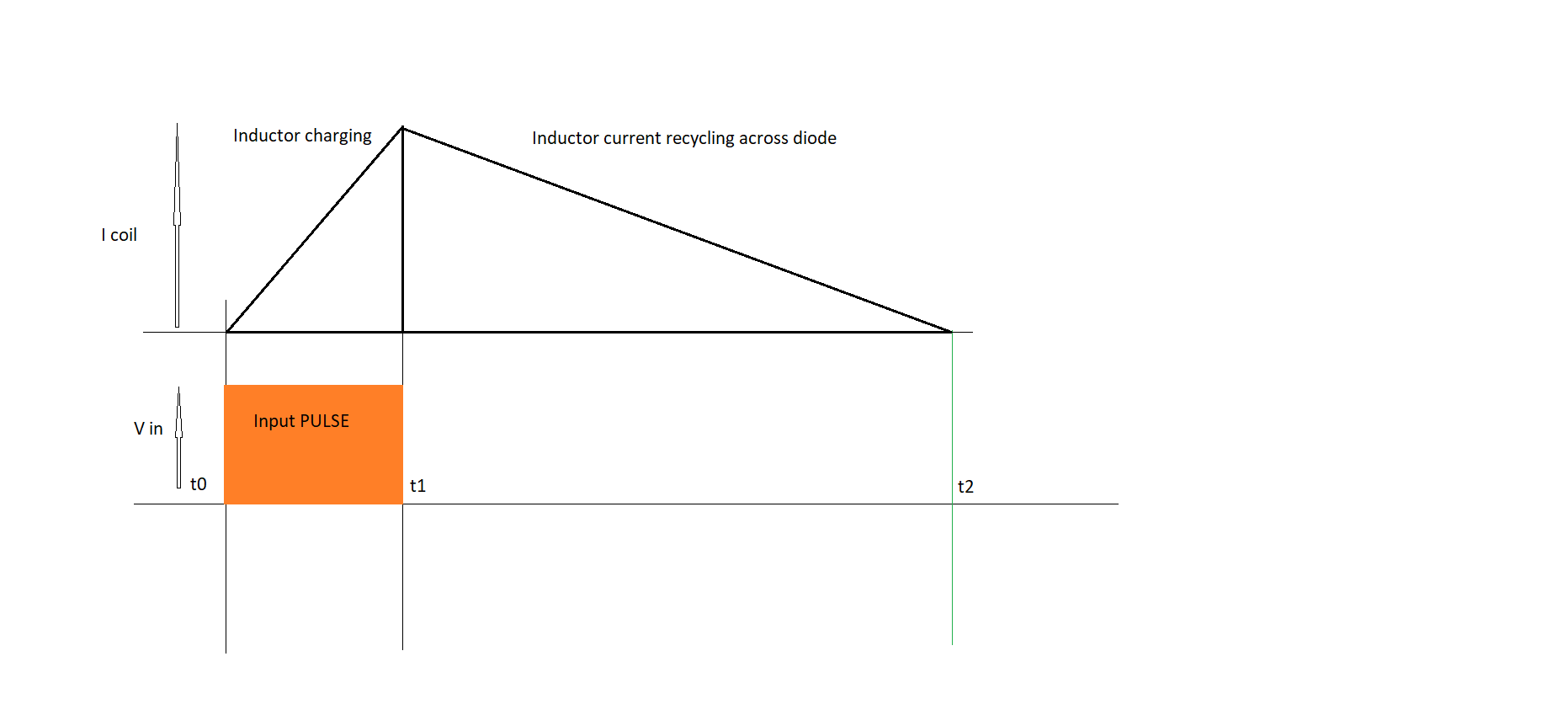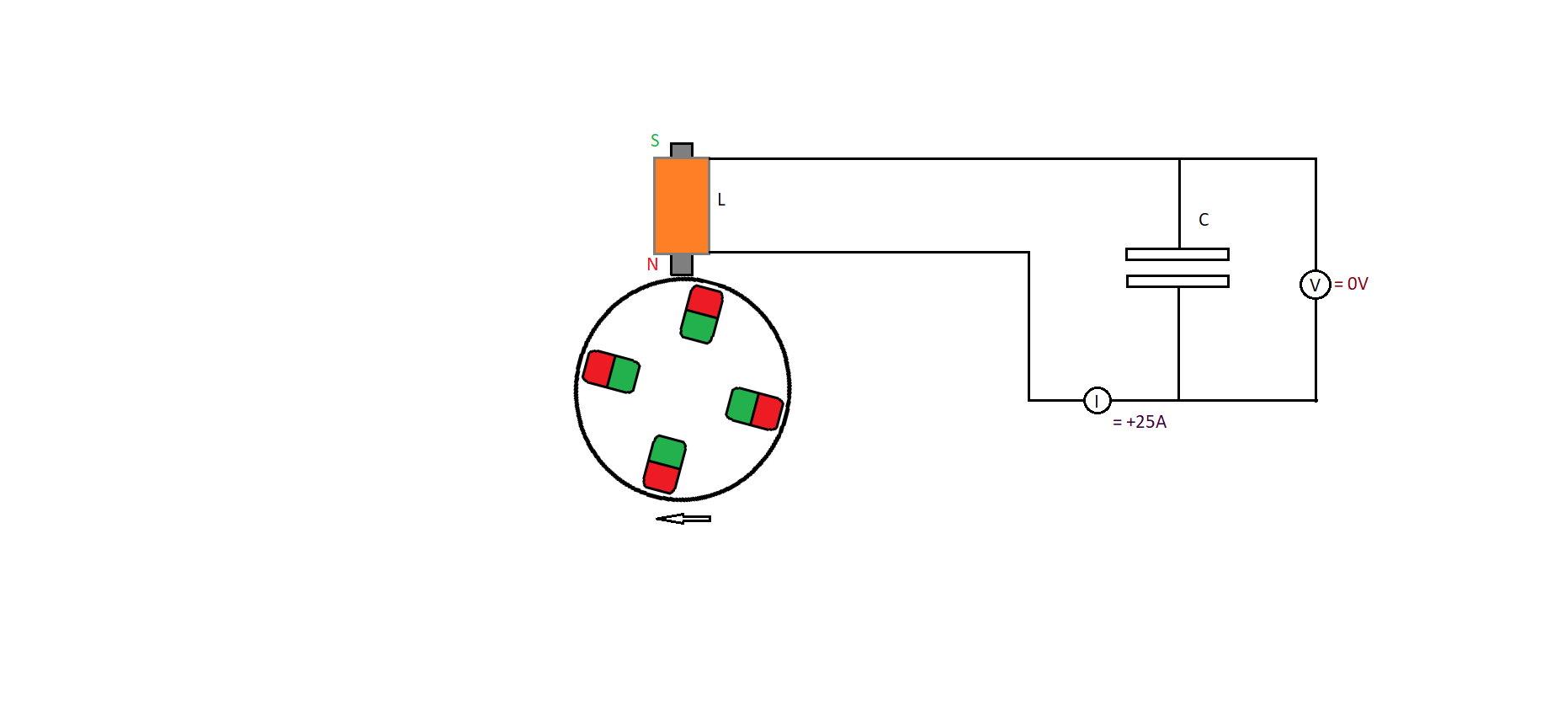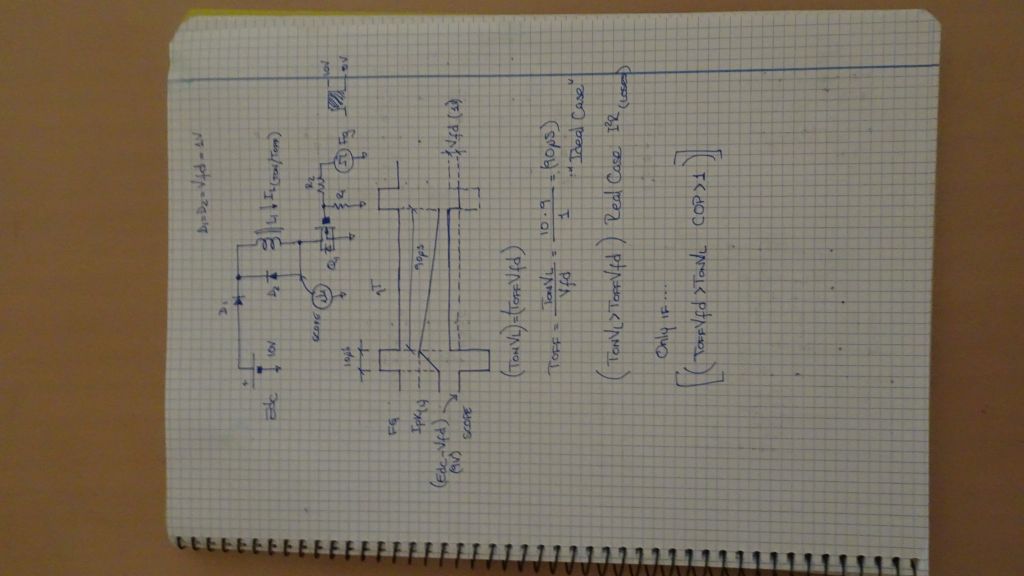Vidura
posted this
21 September 2024
Now I will explain a little more in detail the concepts which can lead us to construct a superefficient motor using the magnetic force properly. In the third part of the video above an explanation was given about the energy balance of a drive coil when the energy stored in the inductor is recovered. Similar methods of implementation have been used by Roger Andrews, John Bedini and Peter Lindemann, let me comment something more about this, as there might be the key to get these machines self-sustaining and producing excess energy. It is quite obvious that the magnetic field from a permanent or electromagnet can perform work attracting or repulsing another magnet or simply attracting a piece of iron. It should be also clear that the magnet or magnetic force is not depleted by such an action. But of course, to make this work usable we must be able to switch the magnet on and off, and this suggests that it could be done easier with electromagnets. But there are some challenges to overcome.
Here below a screen clip from the video:

The triangle represents the current ramp in a drive coil, and the magnetic field strength is proportional to the current. Energy has to be fed into the inductor from the beginning of the pulse until reaching the maximum value, then, at switching off the energy stored in the inductor (less losses) can be recovered with a properly designed circuit. But I argue that the current-magnetic field strength is in average over this period only 1/3 of the maximum which limits the practical usable force for a much shorter period. It could be improved by using large inductance to extend the period, but at the cost of longer wires, more expensive materials and increased I2R losses and not really addressing the issue.
Anyway, the argument that the stored energy can be recovered is valid. But can this be done in a better, more efficient way? The answer is Yes, and there is more than one way to do it.
When I experimented with a pulsmotor similar to Bedinis designs I found out that the lower the impedance of the current recovery circuit is, the longer the current and magnetic field remains. This means for example if we dump the stored energy of the inductor at switching off into a battery with lower voltage rating, the motor gains force. In the diagram of current the triangle would extend to the right side. So, for the same electrical input we will have available the magnetic force performing work for a longer period. This can be further improved reducing the impedance to an insignificant value, for example with a freewheeling diode in parallel to the inductor. In this case the duration of the work period would be only limited by the I2R losses. There is no magic in this, it is well known in electrical engineering. To get a magnetic field from an electromagnet only current is needed, the voltage is only required to accelerate the charges, once they are in movement the magnetic field is produced for free!
Of course, the solution of the batteries or freewheeling diode have still its drawbacks, but I think that with a well designed and tuned hardware some have succeeded already with such simple approaches. In another post I will present some more refined ideas for the implementation of the concept , which I took as basis for the practical part of the Adams motor replication.

